
Barapullah Springs
MVRDV’s intensive research study and masterplan for Barapullah Springs presents a vision for the rehabilitation and renewal of an open sewer in the heart of New Delhi, India. The project is an innovative yet feasible policy proposal to test a new method of good governance with a direct re-investment of funds generated on site for the larger public well-being. Using the existing infrastructure as a starting base, the design creates a vital new thoroughfare for the city that not only ensures access to clean water for vulnerable populations, but also connects the city’s neighbourhoods and cultural treasures with a comprehensive slow-traffic corridor. The project also offers a strategy to include bicycle lanes and shaded pedestrian promenades throughout the city.
- Location
- New Delhi, India
- Status
- Design
- Year
- 2018–2020
- Surface
- 2000000 m²
- Programmes
- Mixed use, Wellness, Infrastructure, Master plan
- Themes
- Public, Mixed use, Sustainability, Transformations, Urbanism, NEXT
Along the entire length of the 12.5km Barapullah flyover runs the open sewer of the Barapullah Drain. Its course through the centre of New Delhi channels the city’s wastewater directly to the Yamuna River. Flanked along its entire length by offsets of up to 100 meters,, the space around the drain is polluted, unpleasant to be in, and under-cultivated in a city with comparatively little space for new development. The Barapullah Springs proposal, developed as a pro-bono project by MVRDV alongside Cityblob and ARUP, demonstrates the beneficial effects of closing up this open sewer, introducing water treatment, and turning the land around it and the urban connections into a positive asset to the city.
Three facets of this plan are foundational to its success. First, an integrated engineering solution separates sewage from storm water with an underground closed sewage system. This collects, cleans, and stores monsoon rainwater. With the strategic location of multiple water storage, treatment, and distribution facilities, the plan distributes sanitation infrastructure to many different localities, helping the municipality to achieve their goal of clean water for all New Delhi households. Local treatment reduces the volume of sewage water in the drain, and can readily supply clean water to these communities even in times of drought.
Second, the existing Barapullah flyover infrastructure is a physical barrier that effectively separates one part of the city from another. The plan addresses this by transforming the aboveground space of the flyover into a public park and slow-traffic corridor with a fresh water canal. This fresh water canal runs the length of the Barapullah trajectory, collecting monsoon run-off, while also enriching the natural beauty and experience of this former remnant space. No longer residual but integral, this linear green zone actively stitches the fabric of the city together: it draws visitors to the area for recreation, facilitates slow transportation, and provides an opportunity not only to connect Barapullah Springs with city mobility and green networks, but also to establish public functions within its influence. These public functions can further enhance citizen health and well-being, and potentially include an expansive public park with activated urban spaces, hosting relevant public and education facilities, as well as mobility hubs.
Finally, in the long term, the project supports the possibility of further development of mixed-use residential buildings within the offset of the drain trajectory. This helps to relieve pressure on the already dense city, while also creating an urban connector replete with both natural and cultural urban attractions: green space, housing, and community facilities. This can work in tandem with the other features of the plan to ensure the significant return on investment required for an infrastructure project of this scale, turning wasteland into wealth and prosperity for impacted communities. In so doing, the Barapullah Springs development plan addresses significant challenges New Delhi faces, while also fulfilling numerous UN Sustainable Development Goals (SDG).
Due to its connection to the Yamuna River, a tributary to the Ganges, Barapullah Springs must be understood as a part of the water system of the Ganges River Basin, which covers over 25% of India’s land and is home to over 400 million people. This water system is at the heart of many of India’s biggest challenges, from droughts to pollution. Though Barapullah Springs is just one proposal among hundreds that are necessary, it nevertheless has great potential to enhance health, well-being, and quality of life for many New Delhians and, on a broader scale, alleviate the extreme effects of poverty and climate change by contributing to a more resilient India.
With a clear ambition to connect with relevant public and private parties that can help to achieve the objectives of the project, MVRDV presented the Barapullah Springs masterplan proposal developed in collaboration with Cityblob, and ARUP, at the World Urban Forum in Abu Dhabi, UAE in February 2020.
Gallery
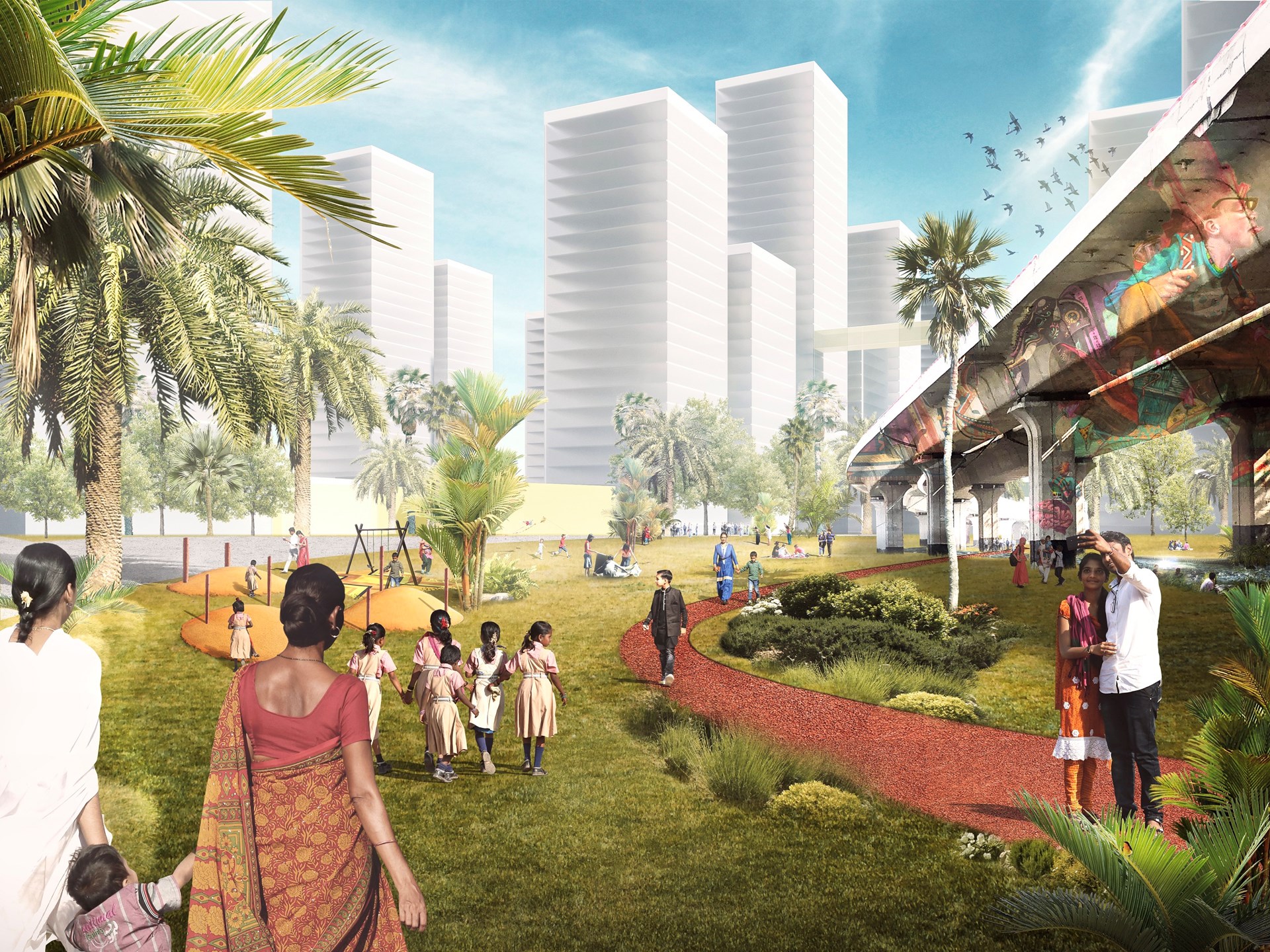
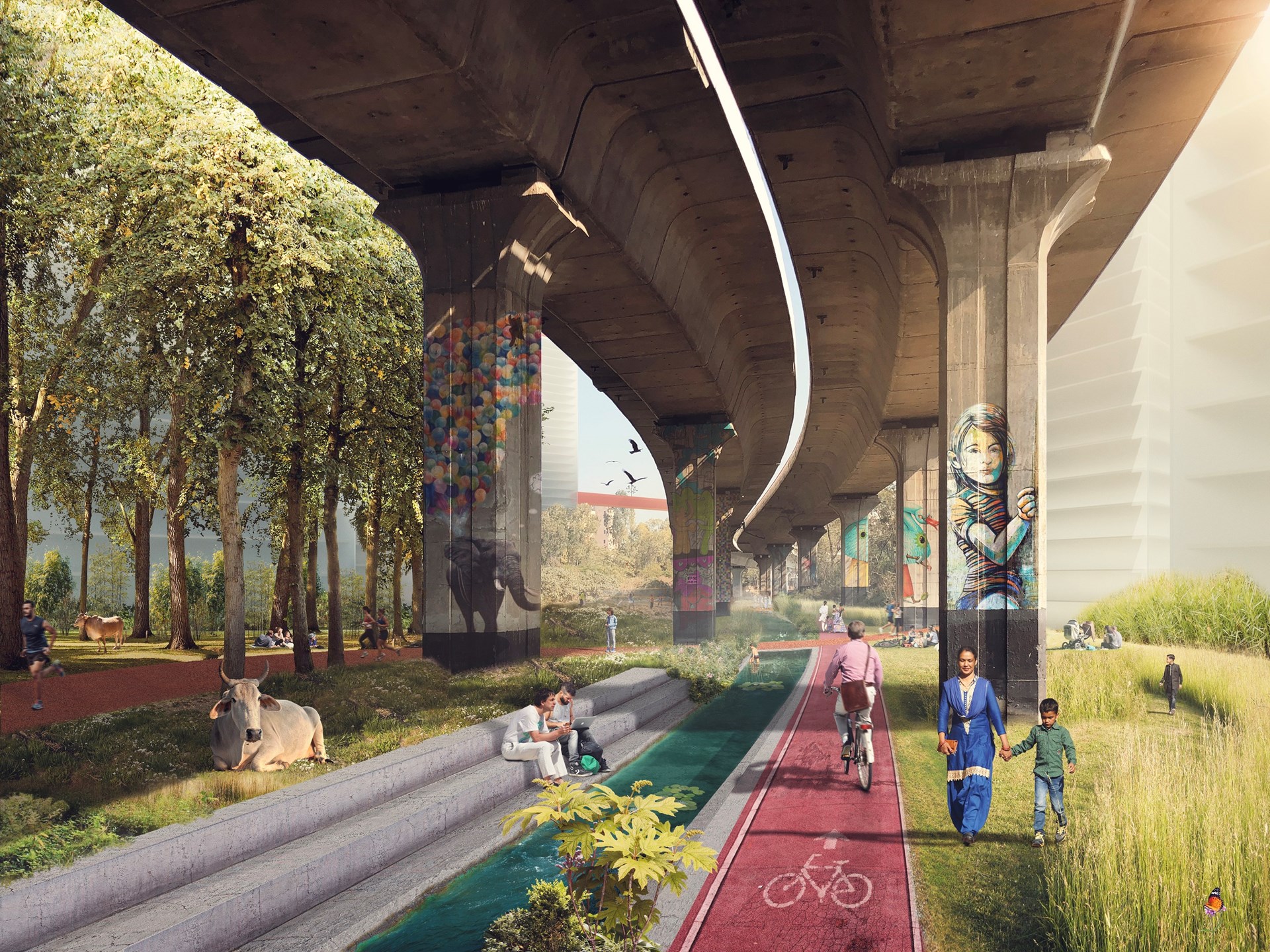
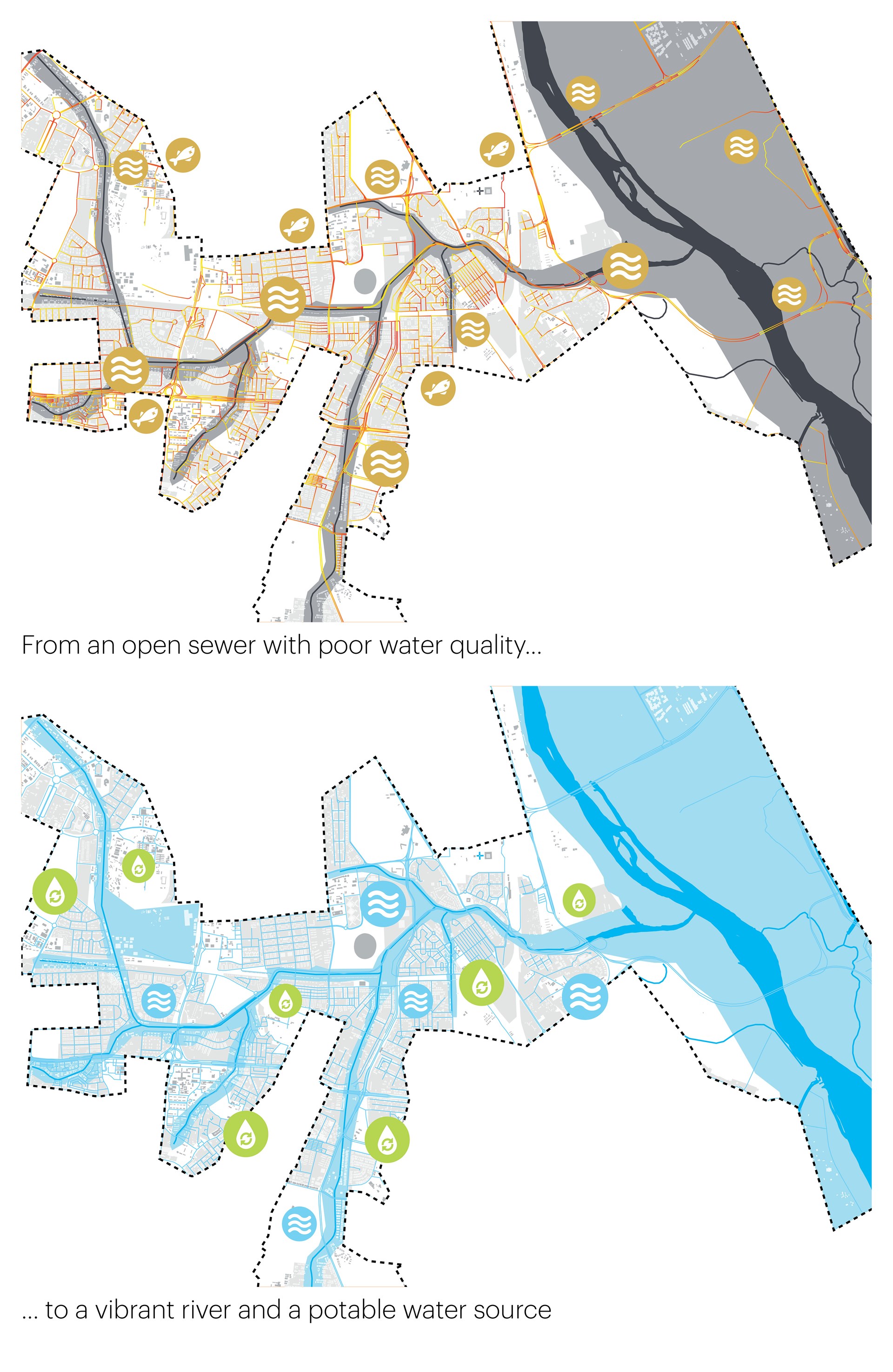
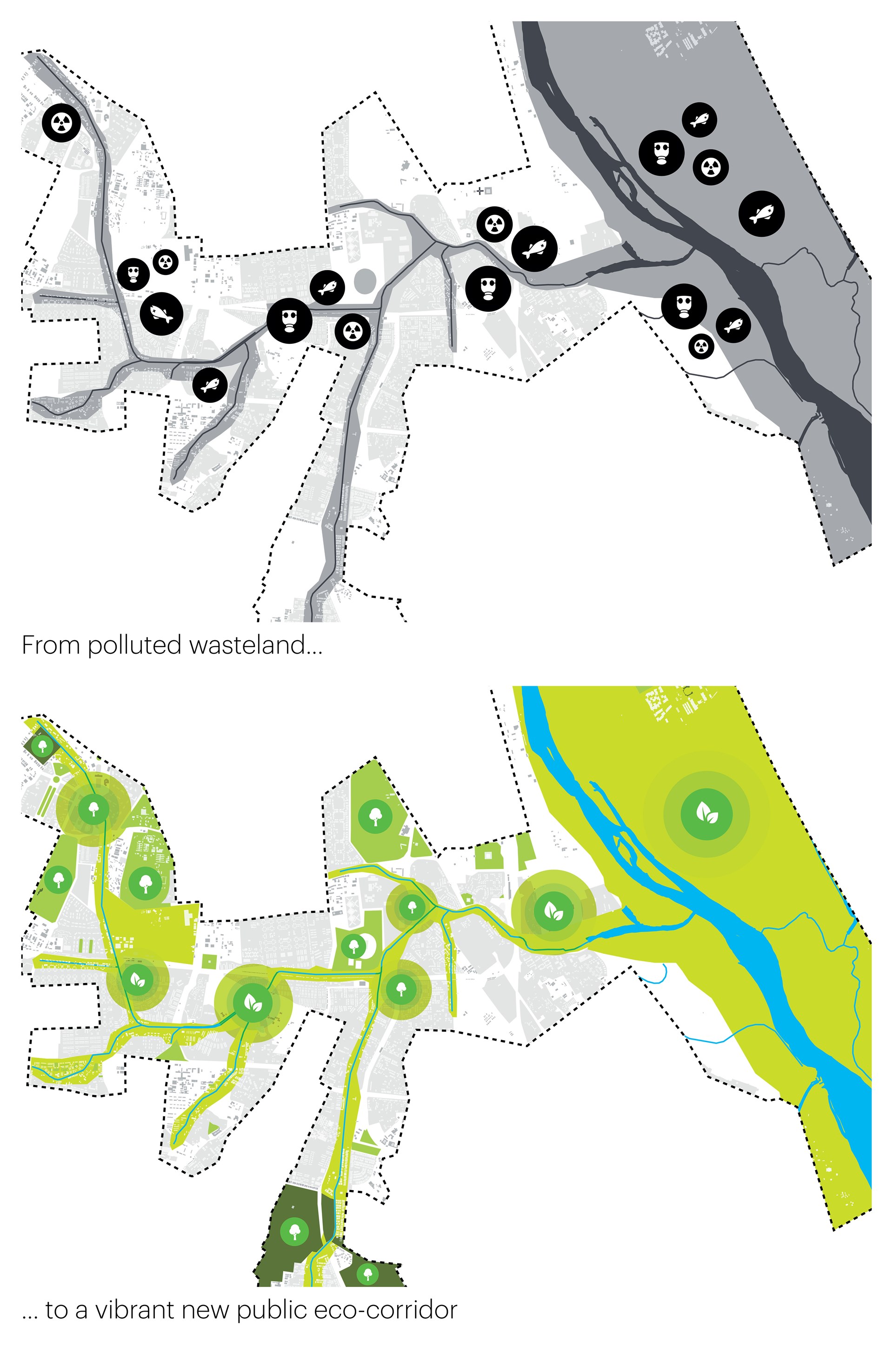
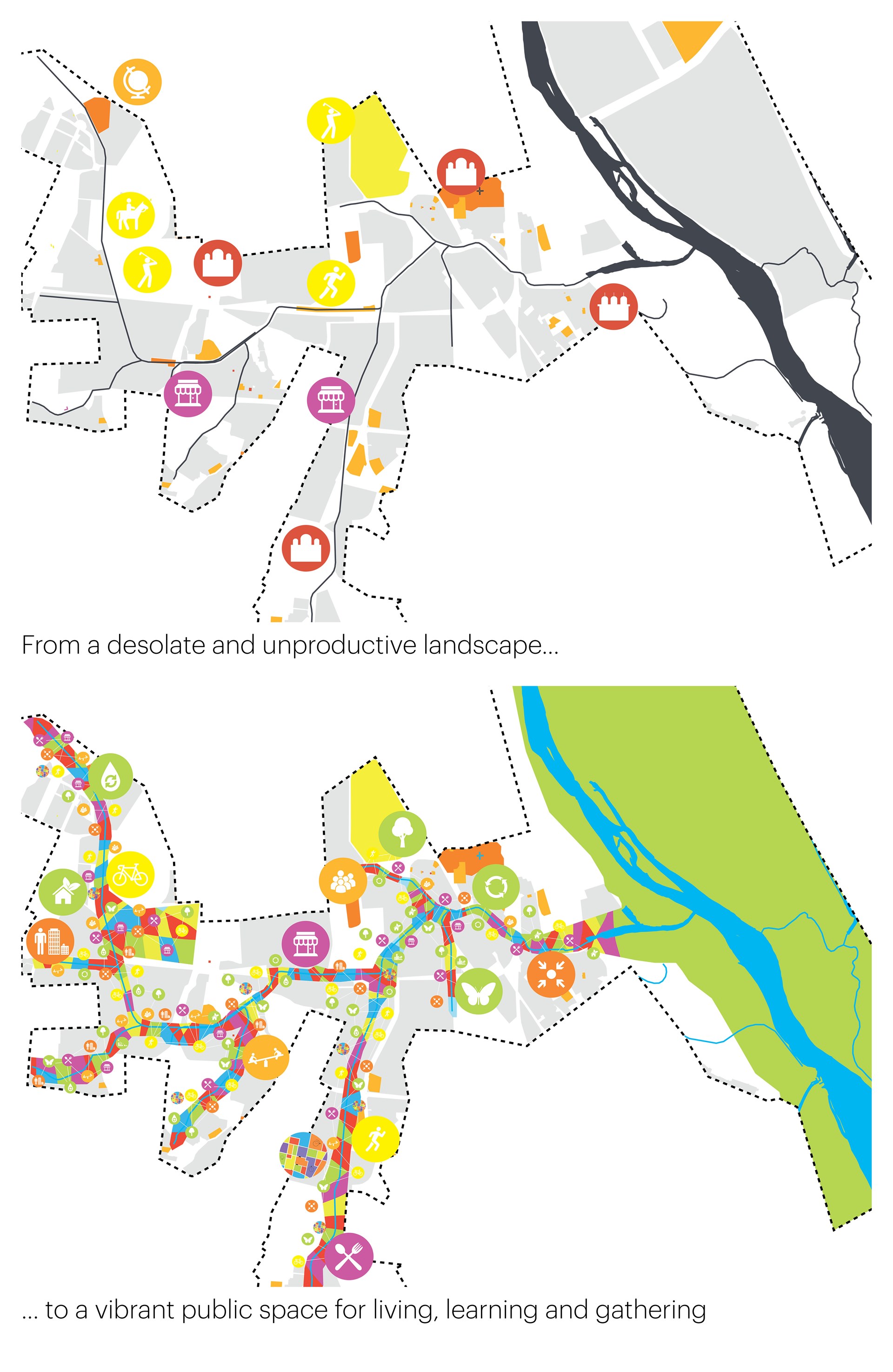
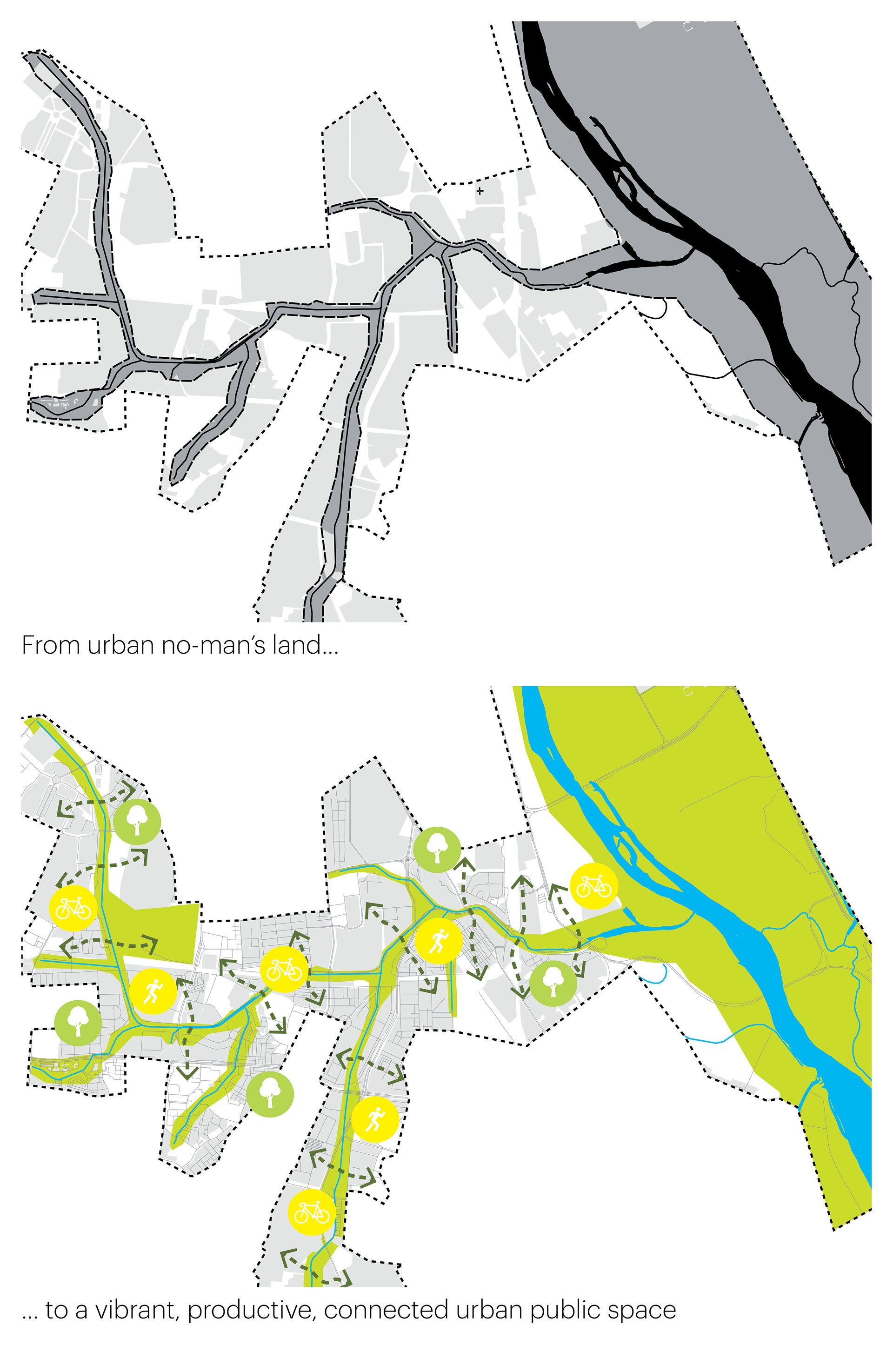
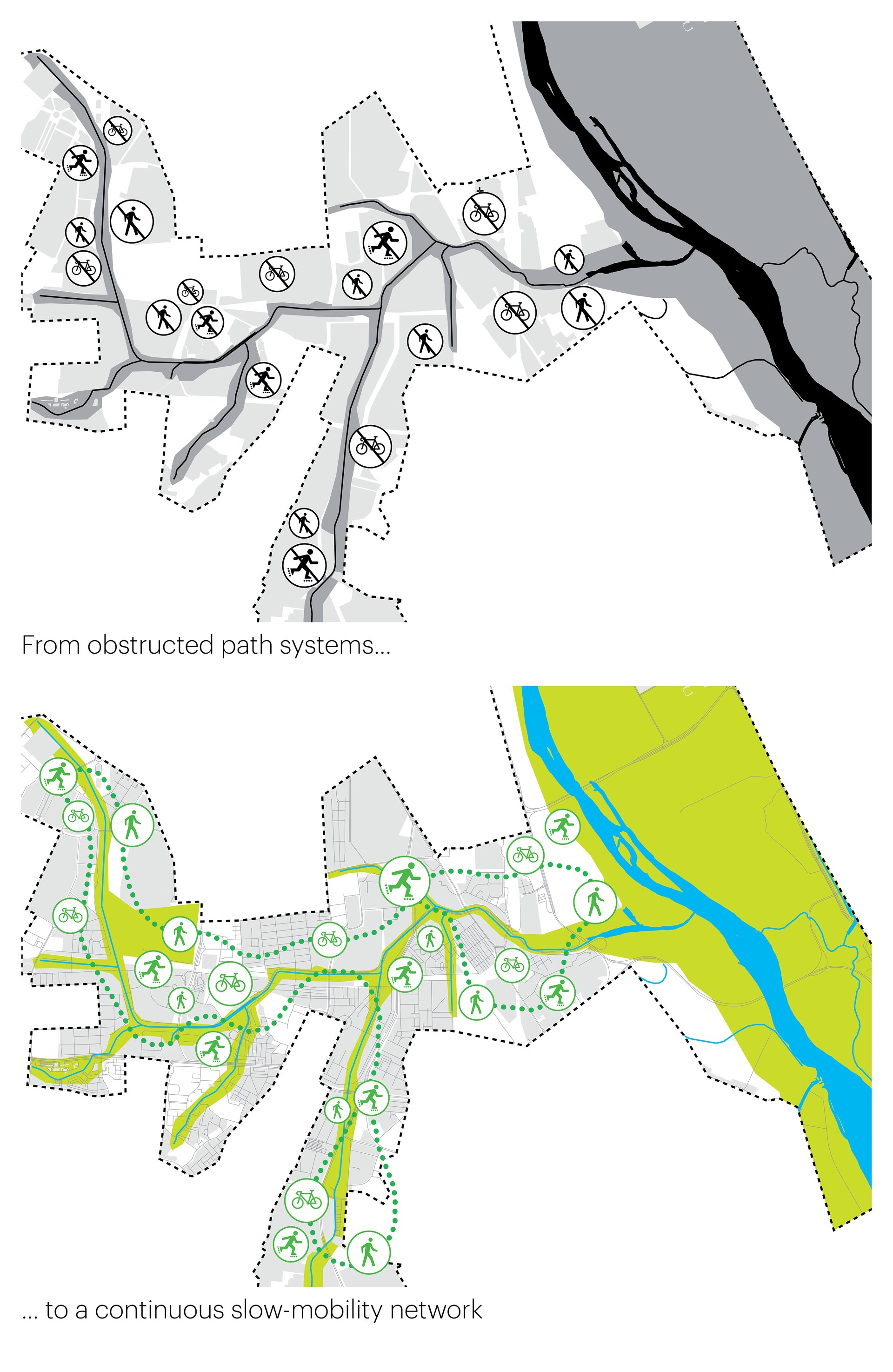

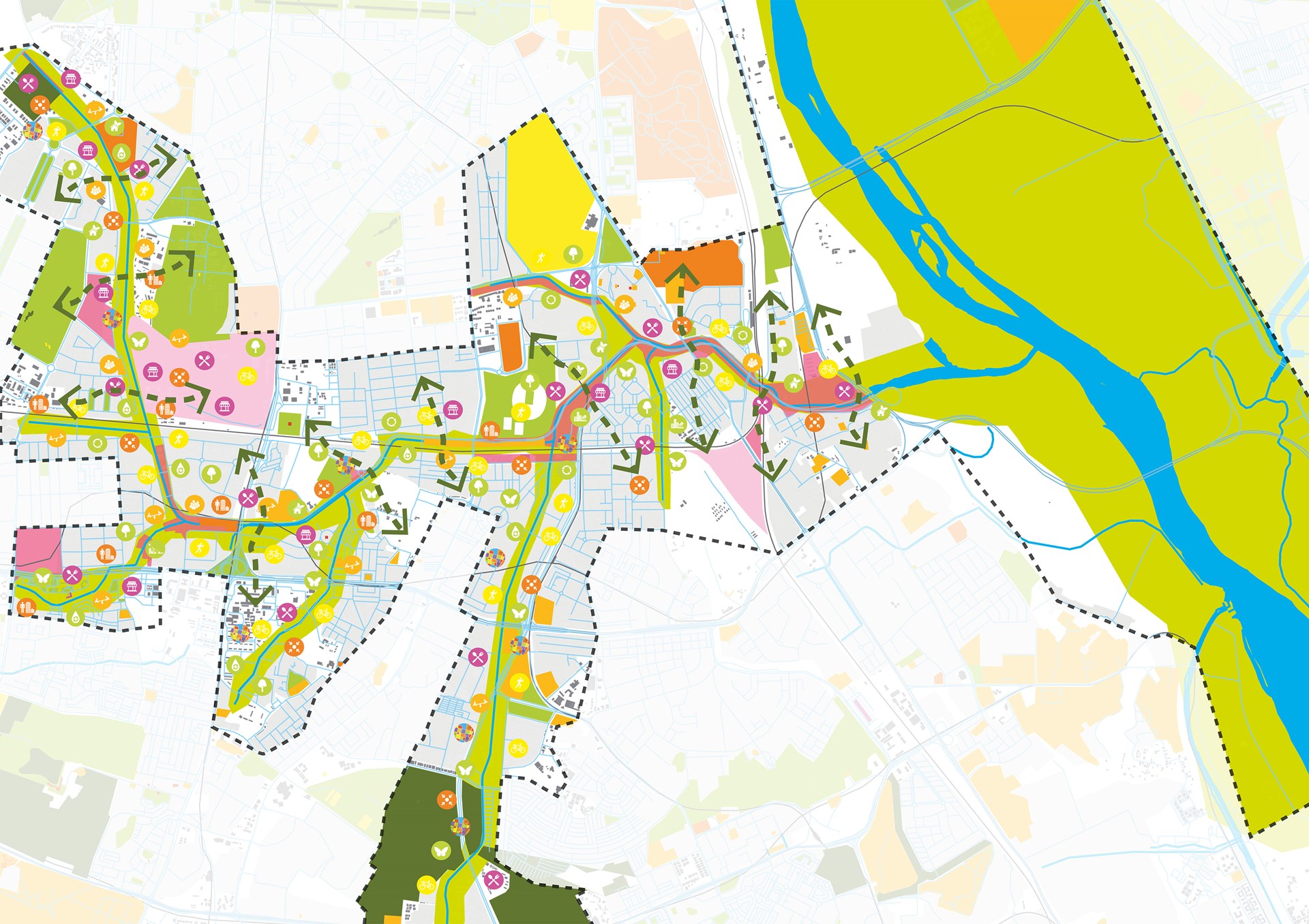
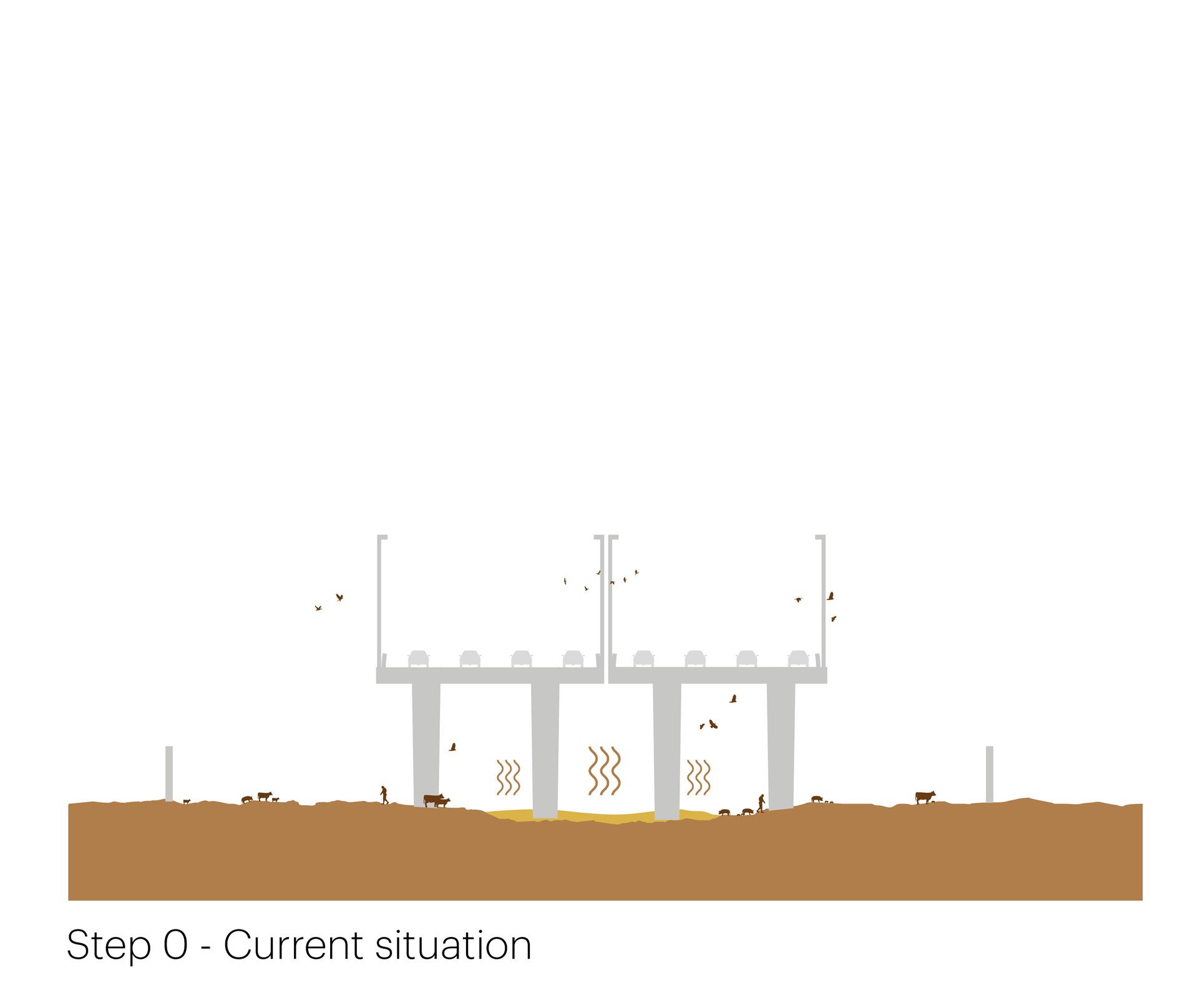

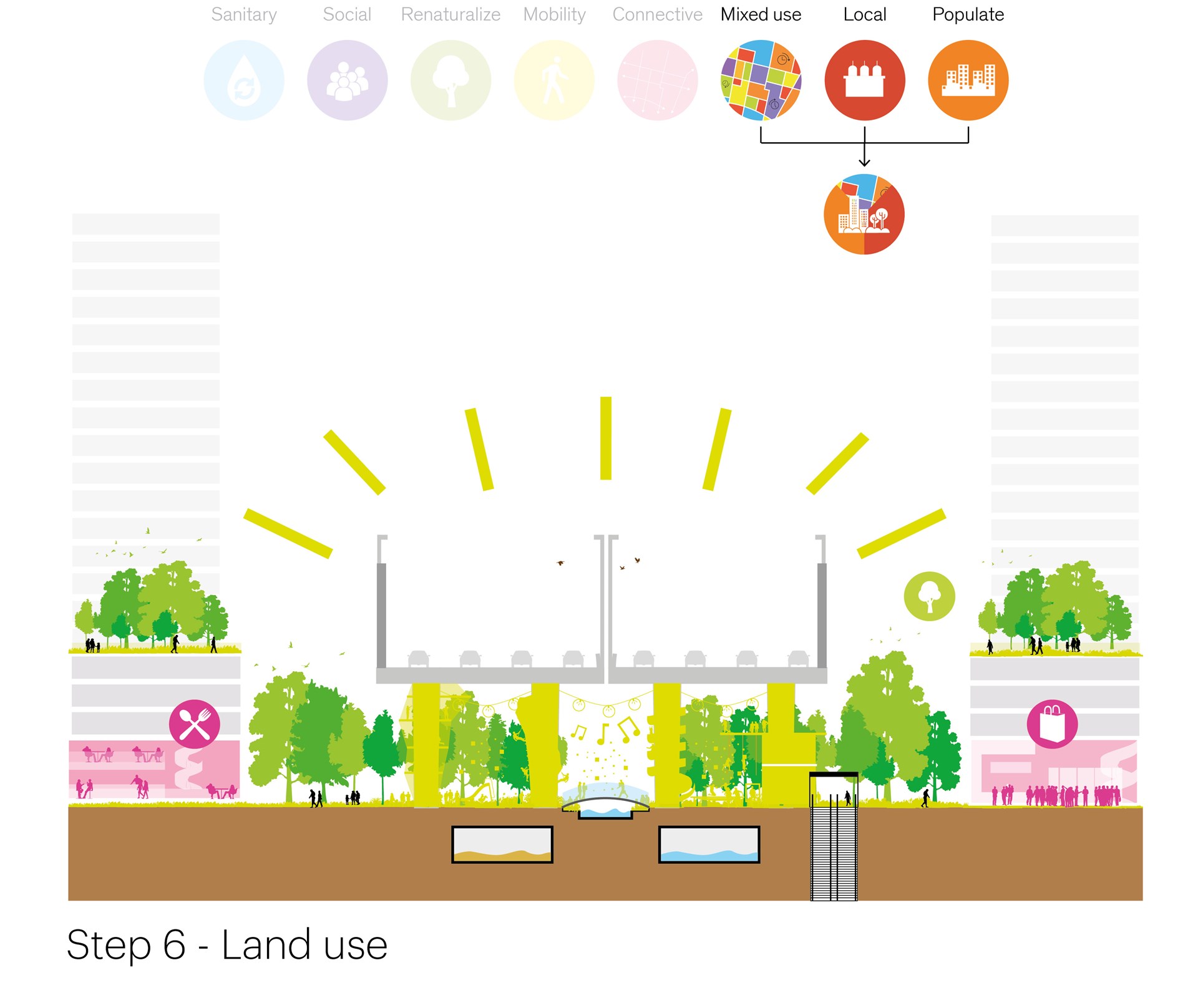
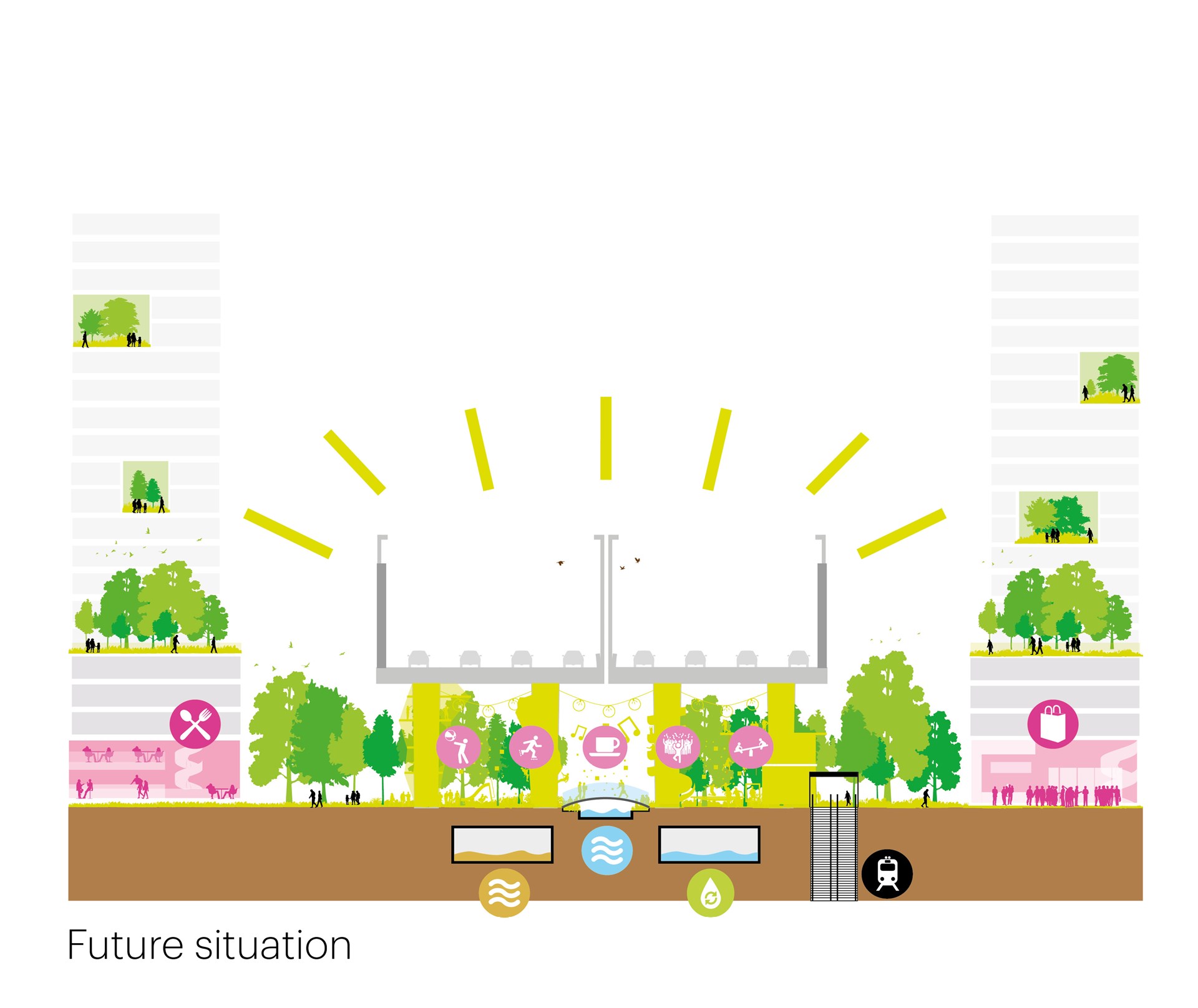
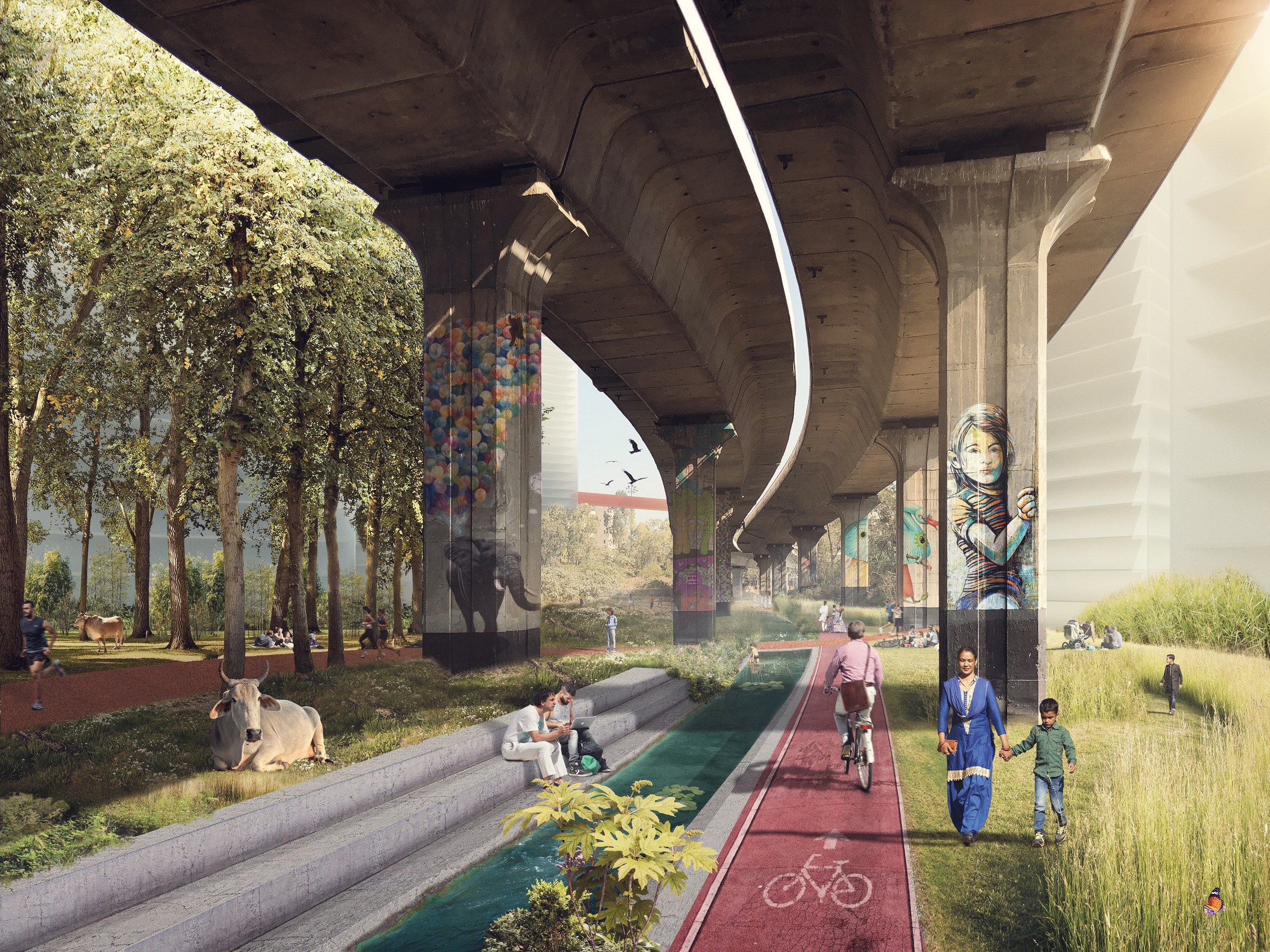
Credits
- Architect
- Founding Partner in Charge
- Partner
- Visualisations
- Strategy and Development
- Partners
- Initiator and project development:
- Cityblob (Gert Jan Scholte)


.png?width=300&height=300&quality=75)
